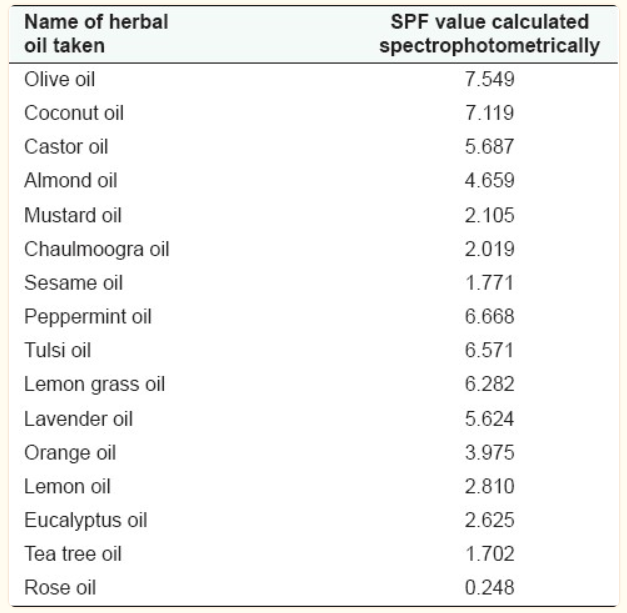There is an old children’s rhyme in Australia that goes: “between 11 and 3 stay under a tree”.
In the past people knew how important it is to protect themselves from the sun. However, since tanned skin became a fashion statement and spending summer holidays lying on the beach a trend, we see a rise in cases of skin cancer.
Australia has the highest rates of skin cancer, as opposed to Africa, which has the lowest rates in the world [1]. One of the main reasons for this difference is people’s skin type.
Skin Types
The most common method to classify skin types is the Fitzpatrick skin type classification [1]. As you can see in the image below, this classification has six skin type categories.

Picture source: https://careinthesun.org/sun-protection/know-your-skin-type/
It helps to know your skin type for better assessment of how prone your skin is to burns and to determine what potential risks there are. Although, research has shown that self-assessment of skin sensitivity is rarely the actual one, measured by UV phototesting. [1]
You can take this short quiz, which will help you determine which SPF is needed to protect your skin.
We should protect ourselves from the sun, no questions asked. The only thing we should question is the way sun protection is being advertised to us; spend hours and hours sunbathing on the beach with a centimeter thick layer of sunscreen. Is that really the correct and healthy way? There are several points which hold me from recommending sunscreen as a magical remedy from sun exposure. The first one is UV filters and their effect on our health and the second one is the detrimental effect of UV filters on corals and ocean life. Let’s dig into it.
UV Filters
UV filters in most conventional sunscreens can be separated into two groups: organic (chemical) and inorganic (physical/mineral). Most known chemical UV filters are octinoxate and oxybenzone (also known as BP-3), while most known mineral UV filters are zinc oxide and titanium dioxide.
Chemical UV filters
There is a growing research and evidence that chemical UV filters have dangerous qualities.
According to the Scientific Committee on Consumer Safety : “The use of BP-3 as a UV-filter up to a maximum concentration of 6% in sunscreen products, either in the form of body cream, sunscreen propellant spray or pump spray, is not safe for the consumer.” [2]
When BP-3 comes into contact with our skin, it crosses the skin layers and can also easily enter the placenta. This might cause complications in the prenatal period. New studies have recognized that BP-3 can have an effect on the embryonic cells and the developing brain. The most distressing discovery is that the use of BP-3 correlates with an increased possibility of developmental abnormalities. [3]

Picture source: pixabay.com
Unfortunately, it is not much different with the other chemical UV filters. They, as well, have been shown to cross the skin layer. Even though there has not yet been such concrete evidence as with BP-3, there is a concern and growing number of research suggesting that other chemical UV filters have endocrine disruptive properties [4].
Mineral UV filters
Zinc oxide and titanium dioxide are mineral UV filters that are used in mineral sunscreens. Nowadays, they are mostly used as nanoparticles. As of now, there is not enough research done to conclude whether nanoparticles can cause any serious harm in our bodies, plus there is no evidence that zinc oxide or titanium dioxide can penetrate through our skin in large amounts. However, you can read more about nanoparticles in this interview (Zaneta interview), as well as about the newest update about titanium dioxide in the EU. The FDA and the European Union have therefore concluded that the two minerals are so far safe to use in cosmetics. The International Agency for Research on Cancer has a different opinion and classified titanium dioxide as a possible carcinogen if inhaled. This is why spray or powdered forms of care products containing titanium dioxide may be a risk. This can also be said about spray or powder products containing zinc oxide [4].
Corals pay the price
And then there is the detrimental effect on our planet and especially our oceans!
According to National Geographic, around 14,000 tons of sunscreen are washed into the oceans each year! [5]
Much of research done on UV filters which are used in sunscreens and other cosmetic products, indicates an impact on coral health from bleaching to increased mortality. Due to these findings, Hawaii took a governmental action which came into effect in 2021 to ban the two chemical UV filters which are commonly used in sunscreens (and which we talked about) – oxybenzone and octinoxate [6]. As much as we are happy with Hawaii’s decision, mineral UV filters in the likes of zinc oxide, are extremely toxic to corals and aquatic life and yet are still permitted to be used.
UV filters also degrade, mainly in the sun or when reacting with other chemicals such as chlorine in swimming pools for example. Through this degradation the substance can become more toxic or enable other toxic substances to form. UV filters and their degradation products have been measured in the aquatic environment, especially in bathing waters [7].
Let’s get physical
So what do I recommend? It’s no innovation and our grandparents knew it all along. Honestly, the best way to protect ourselves is to limit the time we spend in the sun. We can also use physical barriers, such as long-sleeve clothing and summer hats. The most important thing to remember is to stay in the shade between the times of 11am and 3pm as that’s when the sun’s UV rays are the strongest.
If you won’t have much sun exposure but would still like to protect yourself, there are several natural oils that also have a certain SPF. But be careful, the SPFs are pretty low so this is not meant for lying on the beach the whole day.
Only in most urgent cases, when you are spending more time in the sun and are not able to protect yourself otherwise, would I reach for a sunscreen – mineral one preferable, without nanoparticles.
I have provided a list of natural oils and their SPF below, make sure you check it out and find your best one.

Picture source: https://www.ncbi.nlm.nih.gov/pmc/articles/PMC3140123/
So, for all you sunscreen lovers and those who, like me, have always been skeptical about this protection method, I hope this article made things a little clearer. Stay in the shade as much as possible and use protective clothing! Remember to protect yourself but also our planet, oceans and aquatic life 🙂 Question what sunscreen advertisers are pushing us into, sunshine is not all bad. After all, it is the best source of Vitamin D. Spending some time in the sun is essential for our health, as long as we are careful and do it in a controlled manner.
GS tip: “between 11 and 3 stay under a tree”
Sources
[1] https://www.ncbi.nlm.nih.gov/pmc/articles/PMC6153767/
[2] https://health.ec.europa.eu/system/files/2022-08/sccs_o_247.pdf
[3] https://pubmed.ncbi.nlm.nih.gov/34351731/
[4] https://www.ewg.org/sunscreen/report/the-trouble-with-sunscreen-chemicals/
[5] https://www.lexology.com/library/detail.aspx?g=dc777751-66bf-4b68-abe4-3176bb93a589
[6] https://enveurope.springeropen.com/articles/10.1186/s12302-021-00515-w


0 Comments